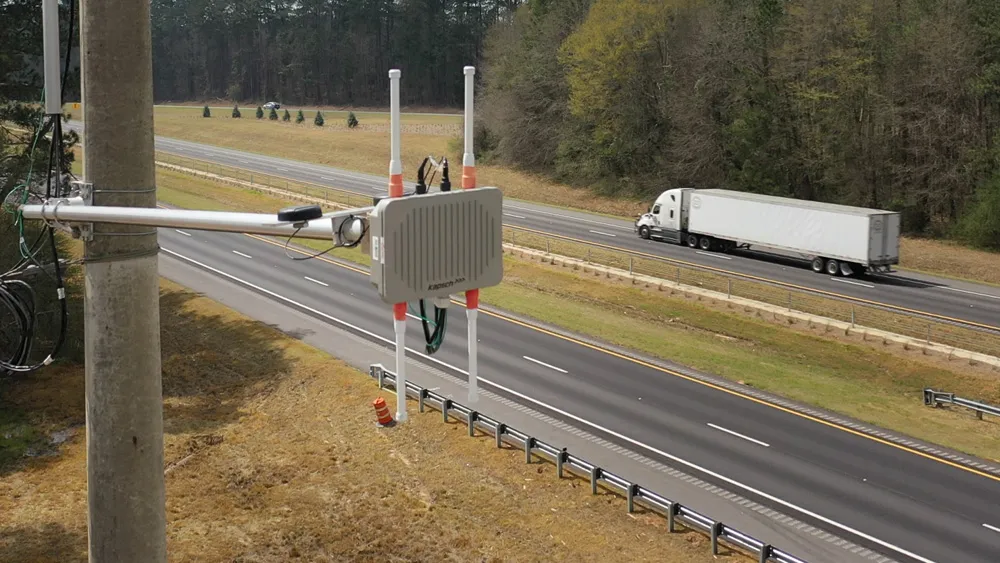The Florida Department of Transportation (FDOT) and Florida Polytechnic University are to partner in a new transportation technology testing facility, SunTrax, to create a high-tech hub for the research, development and testing of emerging transportation technologies related to tolling, intelligent transportation systems (ITS) and automated and connected vehicles.
The initial phase of the project will focus on the construction of a toll testing facility expected to offer local and potentially national a
September 29, 2016
Read time: 2 mins
The 4503 Florida Department of Transportation (FDOT) and 8507 Florida Polytechnic University are to partner in a new transportation technology testing facility, SunTrax, to create a high-tech hub for the research, development and testing of emerging transportation technologies related to tolling, intelligent transportation systems (ITS) and automated and connected vehicles.
The initial phase of the project will focus on the construction of a toll testing facility expected to offer local and potentially national and international certification for tolling technologies. The construction of the 2.25 mile oval track will be designed to support high speed testing of toll technologies, with multiple lanes and parallel tolled express lanes similar to those being constructed on many current highway widening projects throughout the state.
This phase of construction will also include structures and other facilities to support toll systems testing and development, including the hardware and software utilised on tolled facilities.
Around 200 acres infield of the track will be developed next in partnership with Florida Poly and is expected to become a hub for automated and connected vehicle testing, allowing the University to offer its students unique opportunities to participate in the research, development and testing of these technologies.
The facility will also include learning laboratory, a simulated city centre, suburban and rural roadways, interconnected signalised intersections, interchange ramps, roundabouts and various types of pavement, equipped to perform research, development and testing for data and security, vehicle safety and equipment certification.
The initial phase of the project will focus on the construction of a toll testing facility expected to offer local and potentially national and international certification for tolling technologies. The construction of the 2.25 mile oval track will be designed to support high speed testing of toll technologies, with multiple lanes and parallel tolled express lanes similar to those being constructed on many current highway widening projects throughout the state.
This phase of construction will also include structures and other facilities to support toll systems testing and development, including the hardware and software utilised on tolled facilities.
Around 200 acres infield of the track will be developed next in partnership with Florida Poly and is expected to become a hub for automated and connected vehicle testing, allowing the University to offer its students unique opportunities to participate in the research, development and testing of these technologies.
The facility will also include learning laboratory, a simulated city centre, suburban and rural roadways, interconnected signalised intersections, interchange ramps, roundabouts and various types of pavement, equipped to perform research, development and testing for data and security, vehicle safety and equipment certification.









